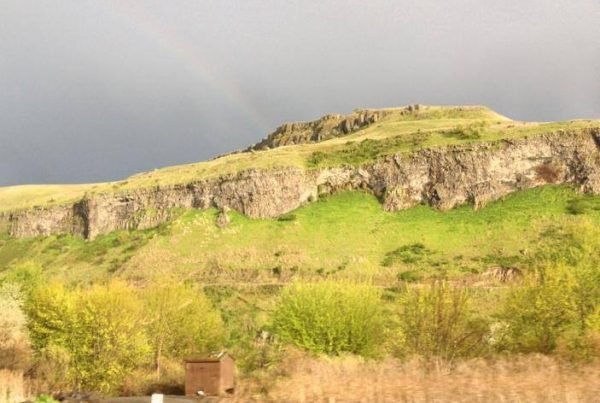Monday, January 21, is the national holiday commemorating Dr. Martin Luther King Jr.’s birthday anniversary. If he had not been horribly murdered by an assassin in 1968, or struck down in some other fashion, he would be 84 years old. Across the country, in every major city and most medium-sized towns there will be at least some kind of event. In Kansas City, where I am now sitting, multiple events have already happened as I write these words.
These celebrations usually range from mediocre discussions of King’s call for non-violence to profound discourses on the future of the system of white privilege. Perhaps a few will recall the 15-year battle to pass the holiday into a law that President Reagan signed. And certainly, the contemporary effort to demean the man and his work continue, most recently by the announcement of a so-called Gun Appreciation Day on the weekend before the King Holiday.
I personally remember the years immediately after King Day was established, in the 1980s, when a full-scale effort was made to undermine and deny the holiday. Sen. Jesse Helms of North Carolina made himself infamous by giving an entire speech devoted to besmirching Dr. King’s reputation. And that dirty little piece of racist propaganda is still circulated by the Council of Conservative Citizens, a white nationalist outfit with its headquarters in St. Louis. As his first act as Arizona’s Governor, Evan Mecham rescinded the holiday in his state. That made him friends across the racists and the survivalists’ spectrum, but it sparked a boycott of Arizona that caused it to lose a Super Bowl game in 1991. The next year Arizonans passed a law that mandated the holiday in that state. When Utah finally, in the year 2000, recognized the day as a state holiday, they did their best to disremember Dr. King by giving it another name.
During this period in the 1980s, Klan groups would use the King Holiday weekend as an opportunity to rally and rejuvenate their ranks. The White Patriot Party would march in Raleigh, North Carolina several hundred strong, wearing camouflage uniforms and carrying Confederate battle flags rank upon rank. On the same Saturday in January, in Pulaski, Tennessee, depending upon the year, 150 to 300 Knights of the Ku Klux Klaners and Aryan Nations members would parade down the main street. Across the country, Klan imitators would create as much mayhem as they could in order to destabilize those celebrating Dr. King and the black freedom movement.
The worst violence that I remember occurred on the holiday weekend in 1987. The Pulaski and Raleigh marches went on as usual. But in Shelby, North Carolina, at least three people from the white supremacist underground burst into an adult bookstore, and lined the occupants up, five men, and shot them in the back of the head; all because the shooters believed that the men were gay. They then set fire to the bookstore building. Three men died immediately, and two survived suffering horrible wounds. No one was ever convicted in that case.
In Forsyth County, Georgia, several working class white North Georgians sponsored a "Brotherhood March" against intimidation for that same weekend. Among those they invited were black people from Atlanta, several dozen of whom showed up in a bus. Everyone got in the bus and got out to march into the county seat when they were attacked with rocks and bottles by 40 Klansmen and the 400 angry white folks. The barrage was so bad that the "Brotherhood" marchers got back in their bus before they had finished the march.
The response from civil rights organizations was immediate. A coalition headed by Mrs. Coretta Scott King was formed and vowed to finish the march. The next weekend, more than 20,000 people—black, white, yellow, brown and red, and all the colors in between—marched into the capital of Forsyth County and vindicated the memory of Dr. King.
Today, small Klan groups remain scattered across the South and Mid-South. Nevertheless, as a result of long hard work by many individuals and organizations, they have not mounted an assault on King Day celebrants in many years.
In August 1967, just eight months before he was assassinated, Dr. King argued that, "the arc of the moral universe is long, but it bends toward justice." That arc does not bend by itself, however. It must be bent by human hands pushing for justice. There also those who work for injustice, however, and they try and pull the arc the other way.
Those who pursue justice, therefore, have two tasks: To work for justice and to also keep the unjust hands, the racist and the bigots, miles away from the moral arc of the universe.





